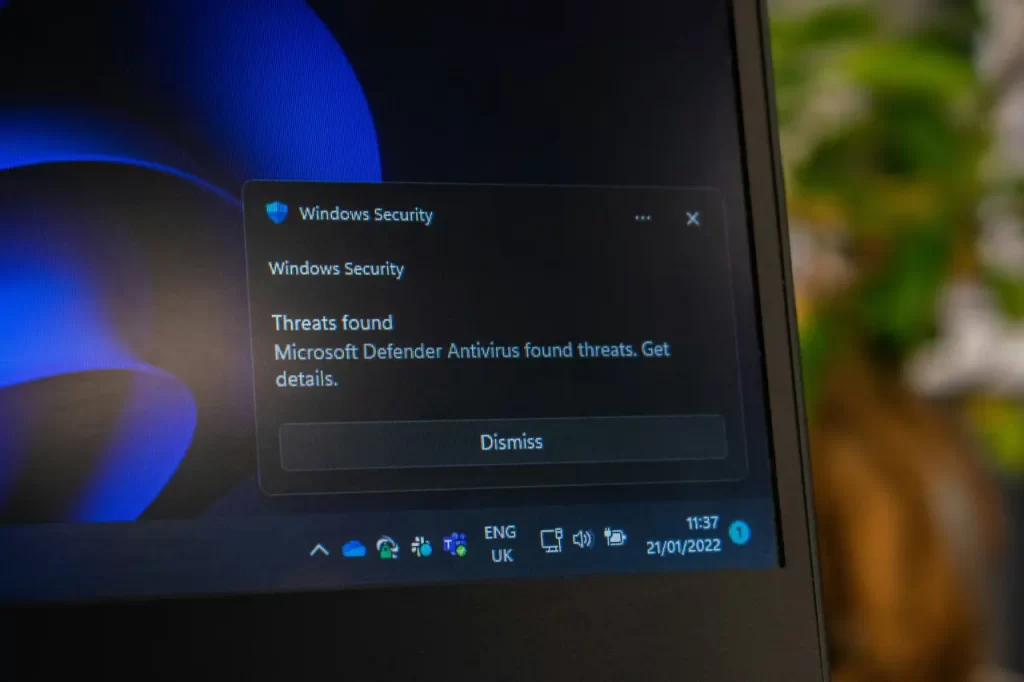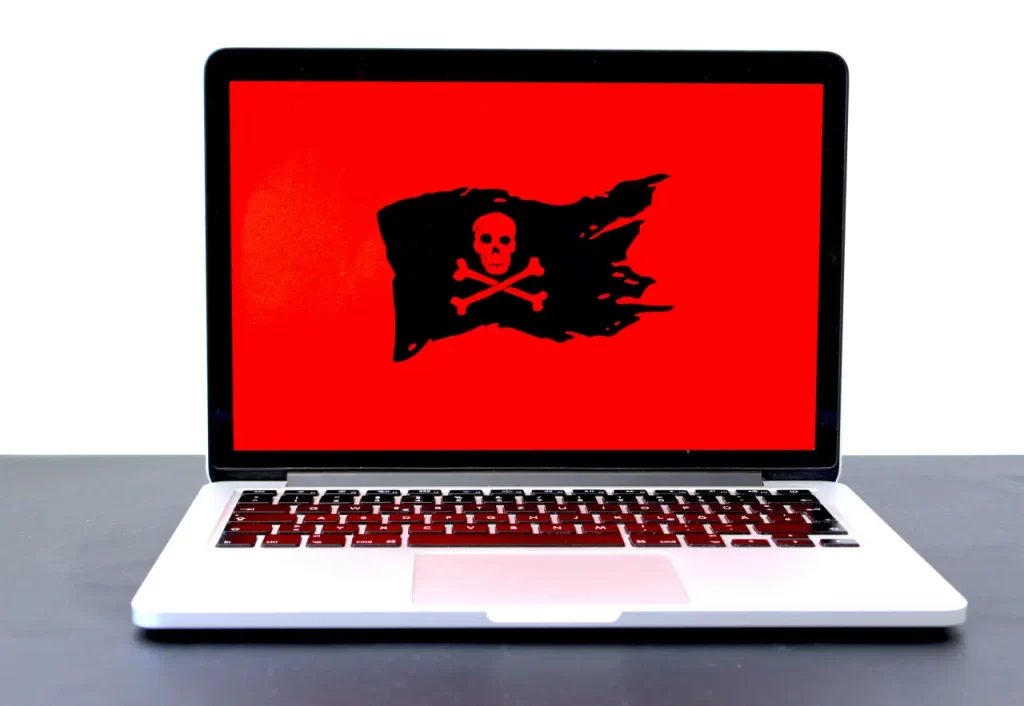Virus Infected Computer: 10 Eradication Steps
When a virus has infected a computer what are the steps to take to clean the virus infected computer?
Removing a virus from an infected computer typically involves several steps to ensure that the virus is completely eradicated and that the system is secured against future infections. Here are the general steps to take:
- Disconnect from the Internet: Disconnect the infected computer from the Internet to prevent the virus from spreading or communicating with its command-and-control server.
- If you are on WiFi click on the WiFi icon in the lower right corner of the computer. Click on Disconnect on the SSID you are connected to.
- If you are wired with an ethernet cable, unplug the cable from the computer.
- Enter Safe Mode: Restart the computer and enter Safe Mode. This limits the virus’s ability to run and makes it easier to remove. Safe Mode allows only the necessary drivers and programs to start and run on a virus infected computer.
- To do this from the Start menu: Press Power, then hold down the Shift key and press Restart. You can do this from the login screen, too.
- From System Settings, go to Settings, then System, Recovery, Restart now.
- Update Antivirus Software: If you have antivirus software installed, ensure it is updated to the latest version. If not, consider installing reputable antivirus software along with a software specifically for malware.
- Run a Full System Scan: Perform a full system scan using your antivirus software and your malware software. Allow the software to remove or quarantine any threats it detects.
- Use Removal Tools: Some viruses require specialized removal tools. Research the specific virus affecting your computer and use any recommended tools from reputable sources.
- Manually Remove Suspicious Files: If you know which files are corrupt on a virus infected computer, you can attempt to manually delete them. Be cautious not to delete critical system files. Most antivirus software gives you the path to the infected files. Check to ensure they are not necessary operating system files prior to removal. Often, these files are found in various temp folders located in hidden files so you will want to check the box to show hidden files and folders.
- Restore from Backup: If you have backup copies of your data, consider restoring your files from backup to ensure they are clean. Be sure the backup is from before the infection occurred. This is a good reason for having a regular backup of your system data or a recent image of the computer. This guarantees a virus infected computer is now clean. Set a schedule for computer maintenance and make this the top of the list.
- Update Software and Operating System: Ensure that your operating system and all software are up to date with the latest security patches. This helps prevent future virus infected computer. The same goes for programs and apps you have on your computer.
- Change Passwords: If you suspect your passwords may have been compromised, change them immediately, especially for sensitive accounts. The longer and more complex the password the greater protection it provides. Consider using a password generator to aid in choosing strong passwords.
- Reconnect to the Internet and Monitor: After completing the removal process, reconnect to the Internet and monitor your computer for any unusual behavior or signs of reinfection. Re-run the antivirus and antimalware software to see if there are any persistent infections remaining.
If you’re unsure about how to clean a virus infected computer or if the virus persists despite your efforts, consider seeking help from a professional IT support service. They will be able to remove the infection or restore or reinstall a fresh copy of the operating system to guarantee complete removal when a virus has infected a computer.



Pingback: Malware Infected Laptop: 10 Final Fixes | A Computer Wiz-Nerd